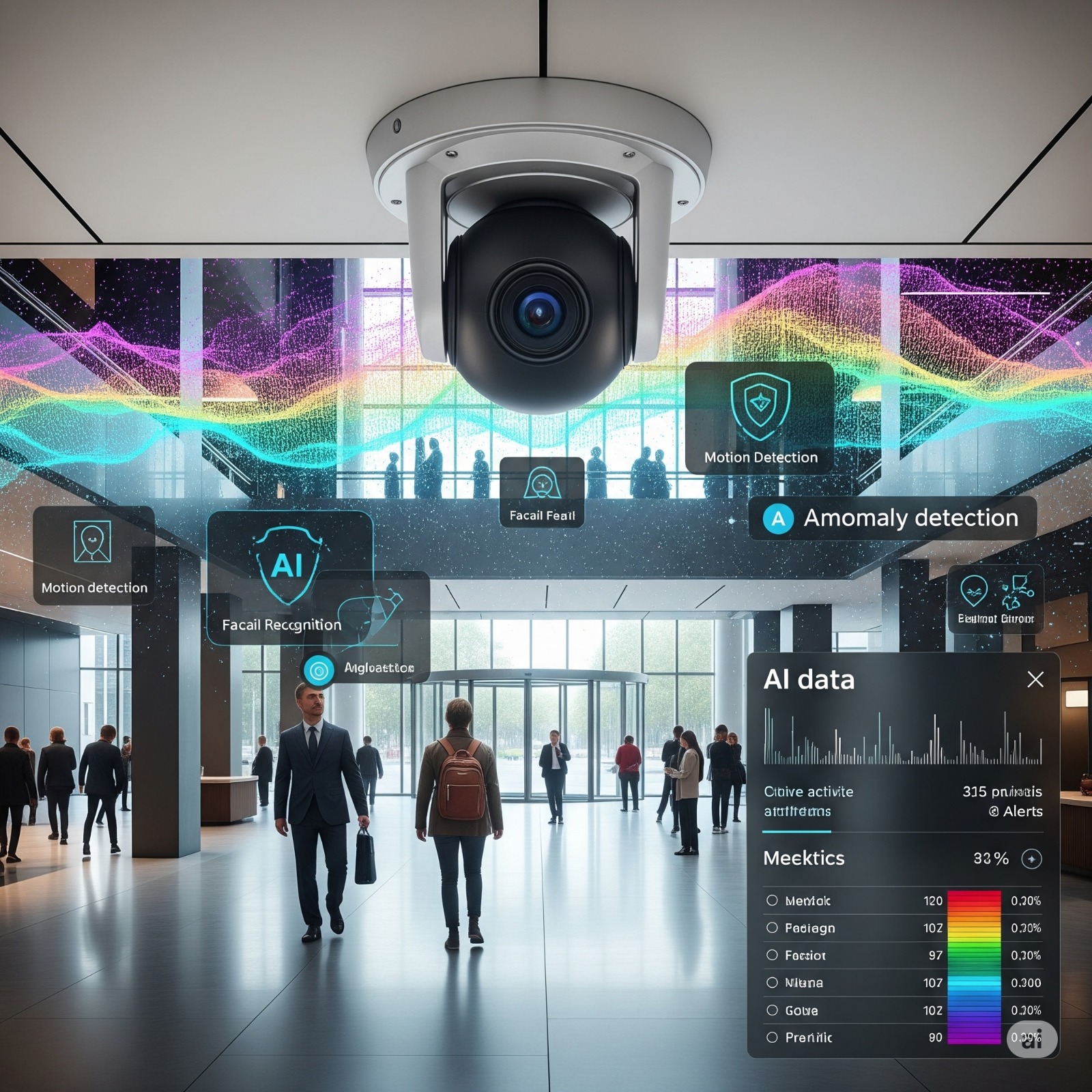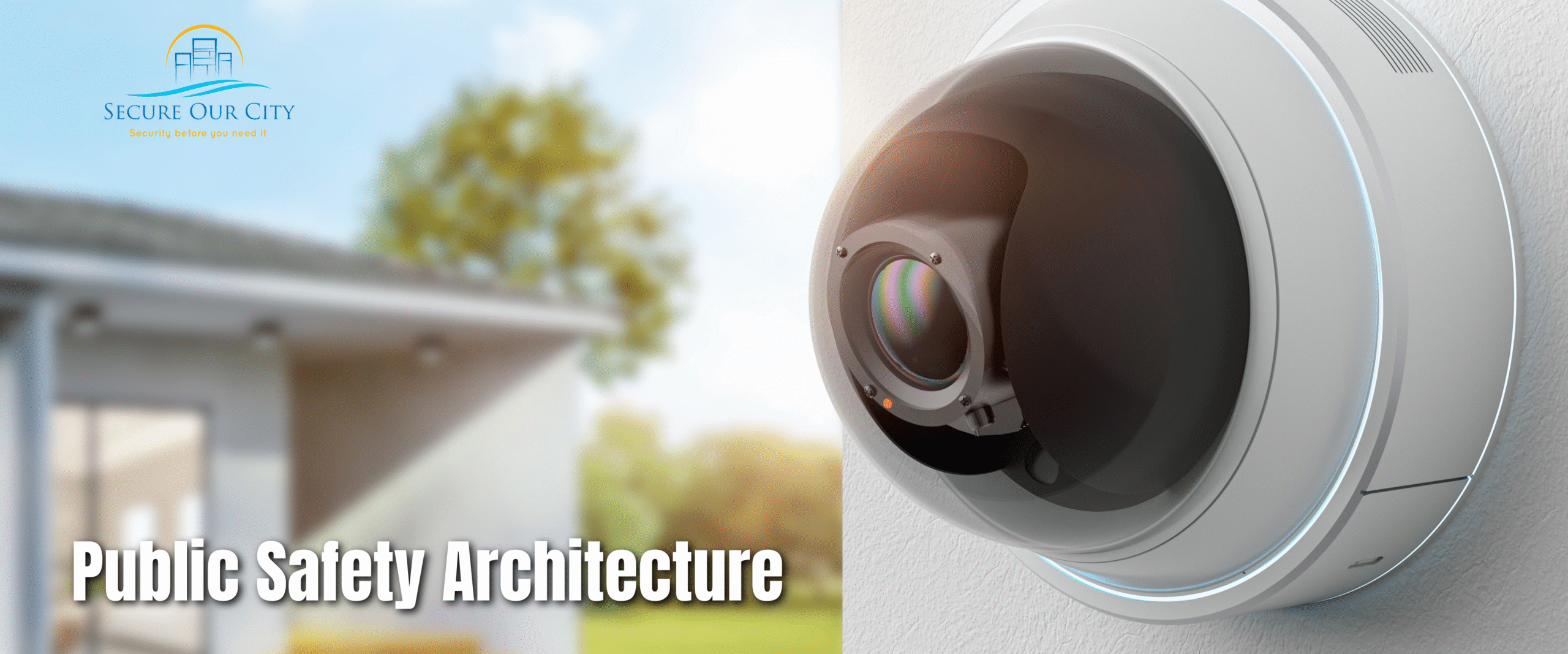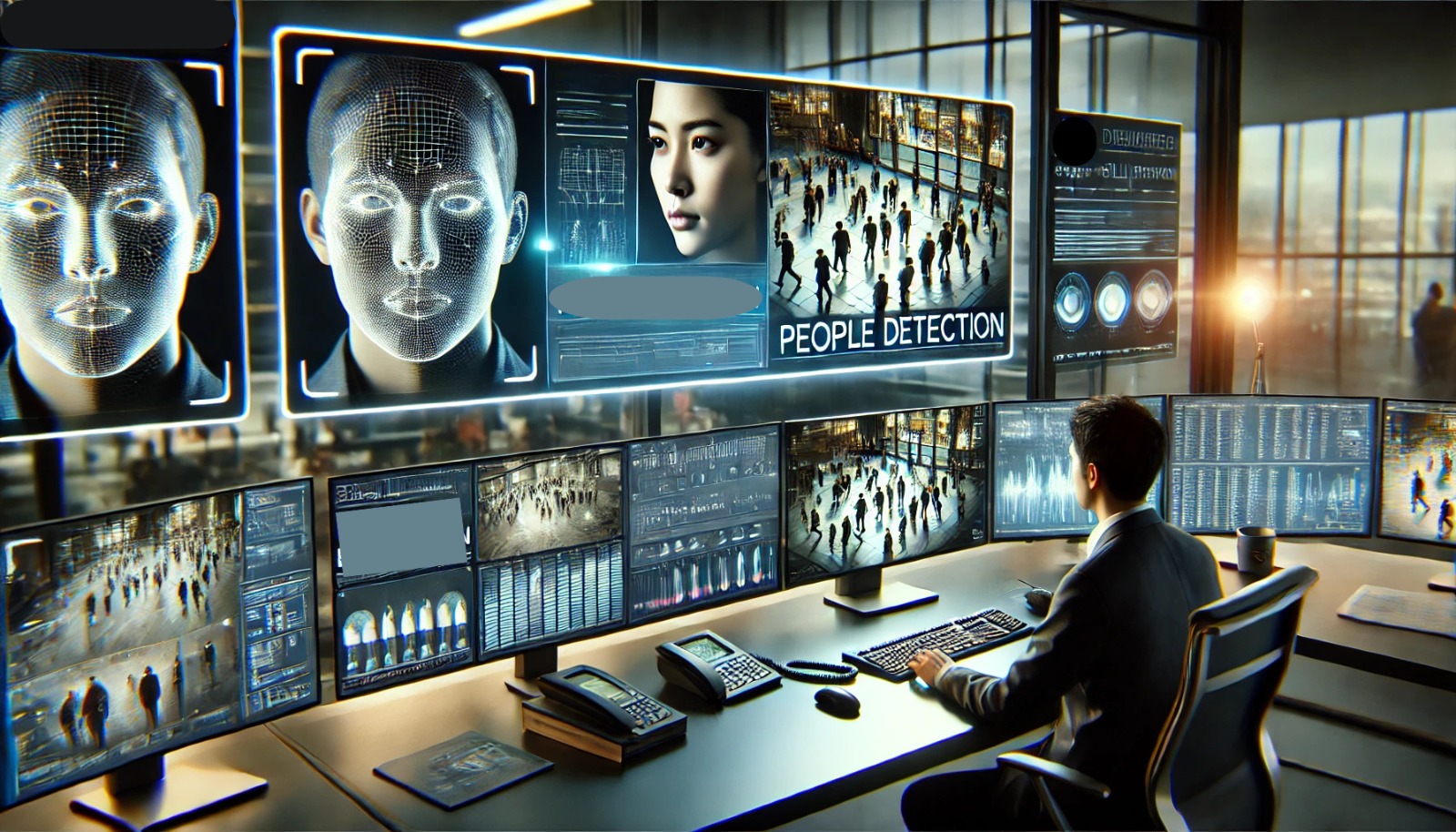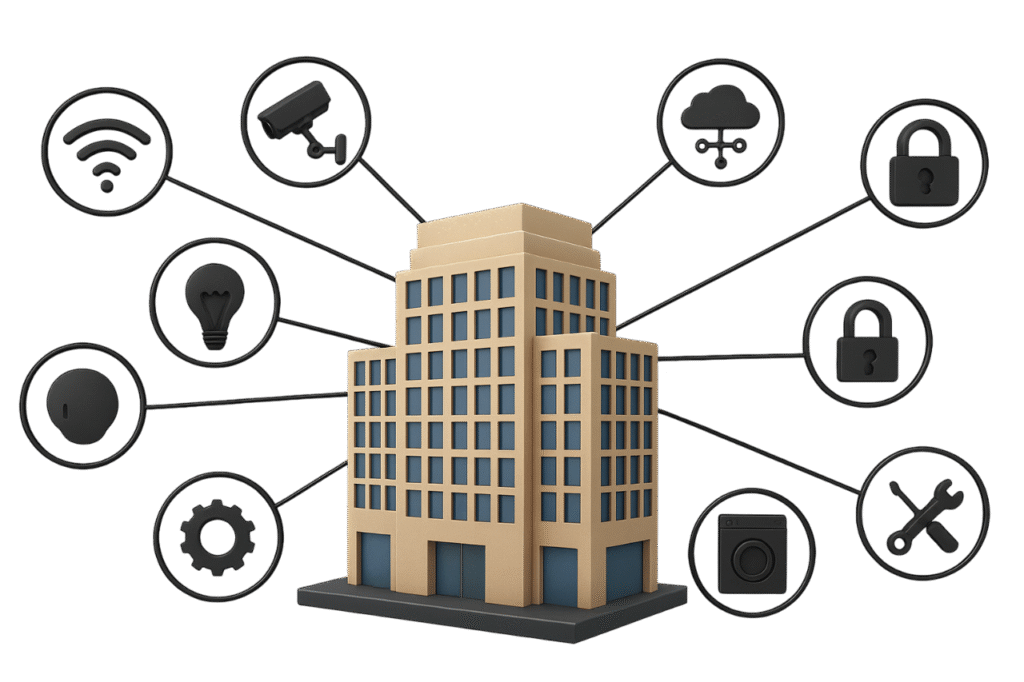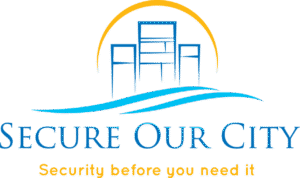In today’s world, security systems are more crucial than ever in keeping your property, assets, and people safe and secure. Whether it’s an educational facility, public safety, commercial, government building, or residential complex, surveillance technology forms the backbone of security efforts. However, even the most advanced systems can fail, leaving important areas vulnerable. This is where AI-powered Continuous Health Monitoring (CHM) comes in, ensuring that your security infrastructure remains fully operational and functional 24/7.
What is AI-Powered Continuous Health Monitoring?
AI-powered Continuous Health Monitoring is a system designed to constantly track the health and performance of surveillance equipment such as cameras, recorders, servers, access control, Video Intercom, IP speakers and software. By utilizing artificial intelligence (AI), these systems don’t just monitor equipment; they help identify potential problems before they happen. This proactive approach ensures uninterrupted service and reliability in your security system.
Unlike traditional systems, where problems are typically discovered only after an incident or an event only to find that the device has been down for weeks. AI-powered CHM uses advanced algorithms to provide real-time insights and alerts about the status of each device. With continuous monitoring and AI’s predictive capabilities, it eliminates the risk of being left unprotected due to unnoticed malfunctions or breakdowns.
Why Is AI-Powered Continuous Monitoring Critical?
- Prevention Over Reaction One of the biggest advantages of AI-powered CHM is its focus on prevention. With AI-driven continuous monitoring, potential issues such as disconnected cameras, storage capacity problems, or software malfunctions are detected before they lead to a complete failure. AI learns from system patterns and performance data to predict these issues, minimizing downtime and ensuring that your security system is fully operational when needed most.
For Example: A major university in Florida implemented AI-powered CHM to monitor over 500 cameras across its campus. Before the system was in place, there were frequent incidents where cameras went offline, and no one noticed until an incident occurred. With the AI-driven system, the university now receives alerts as soon as performance begins to drop. In one case, a camera monitoring a critical area near a student dormitory began to malfunction during Hurricane Elsa (2021). The AI system detected the drop in performance and immediately notified the security team, who fixed the issue remotely before the camera went offline completely. This preventive action ensured continuous surveillance during a high-risk period, providing peace of mind to students and staff. - Reducing exposure A failure in a surveillance system can leave property, people, and assets exposed. If a critical camera or recorder goes offline during an incident, essential footage or data may be lost. AI-powered CHM can analyze performance data to anticipate these problems, allowing for proactive intervention. This significantly reduces the chances of equipment failure, ensuring that all system components are working properly to keep the facility secure at all times.
- Immediate Alerts and Quick Response Continuous Health Monitoring systems send real-time alerts to responsible parties whenever an issue arises. With AI involved, these alerts are smarter and more accurate, flagging the root cause of potential problems and enabling immediate action. Whether through remote diagnostics or dispatching a technician, AI allows for rapid responses to address the problem, minimizing system downtime and maintaining the integrity of the surveillance network.
- Cost Efficiency By identifying and addressing problems early, AI-powered CHM reduces the need for expensive emergency repairs or complete system overhauls. AI’s predictive capabilities help optimize maintenance schedules, ensuring that issues are resolved before they escalate. This also reduces operational downtime, which can be disruptive and costly. Remote troubleshooting capabilities further reduce the need for on-site visits, saving time and resources.
Key Features of AI-Powered Health Monitoring Systems
When choosing an AI-powered Continuous Health Monitoring system, several features are essential to ensure optimal performance:
- 24/7 System Monitoring: The system should offer round-the-clock surveillance of all devices in the network, ensuring nothing is overlooked.
- AI-Powered Analytics: AI is at the core of the most effective systems, using advanced algorithms to predict potential failures and suggest preventive actions. This helps prevent breakdowns before they occur, ensuring smoother operations.
- Remote Diagnostics and solutions: The ability to diagnose and address issues remotely is critical to maintaining system functionality without needing immediate on-site intervention.
- Real-Time Alerts: AI enhances real-time alerts by analyzing data patterns and providing more accurate notifications, ensuring faster and more informed responses.
- Scalability: The system should be flexible and scalable, capable of supporting additional devices and networks as your security needs grow.
Benefits for Architects and More
AI-powered Continuous Health Monitoring systems are not only valuable for security managers but also offer great advantages to architects designing modern, smart buildings. By integrating such a system into the design of a building, architects can ensure that security systems are not only efficient and reliable but also seamlessly integrated into the building’s infrastructure. With AI, architects can provide clients with intelligent solutions that help guarantee continuous monitoring and maintenance of surveillance systems without additional investigative effort from the end user.
The integration of AI in these systems helps reduce downtime and prevents issues from affecting safety, making such solutions highly attractive to architects who want to offer advanced and effective security designs for their clients.
Who Can Benefit from AI-Powered Continuous Health Monitoring?
- Educational Institutions: Schools, colleges, and universities are responsible for the safety of students and staff. Continuous monitoring ensures that campus surveillance systems are always online and capturing critical footage. AI helps optimize system performance and assists in helping ensure potential failures are addressed before they occur.
- Government Facilities: Sensitive government sites require the highest levels of security. AI-powered CHM helps ensure that surveillance systems covering these sites are operating without interruption by analyzing device patterns and detecting potential issues ahead of time.
- Commercial Properties: Businesses rely on surveillance to protect assets and employees. AI-powered CHM helps prevent equipment failures that could expose the business to theft, vandalism, or liability issues.
- Healthcare Facilities: Hospitals and clinics often use video surveillance to safeguard patients, staff, and sensitive areas. With AI-powered health monitoring, healthcare institutions can maintain security without gaps due to equipment failure, benefiting from predictive diagnostics.
The Future of AI-Powered Security Monitoring
AI-powered Continuous Health Monitoring is essential for ensuring the functionality and effectiveness of modern security systems. By providing real-time insights, predictive diagnostics, and proactive issue resolution through AI, CHM significantly reduces the risk of system failures, offering enhanced reliability, security, and cost efficiency.
For those responsible for safeguarding facilities, assets, and people, adopting a robust AI-driven health monitoring system is no longer optional—it’s a critical part of a comprehensive security strategy. Whether in educational settings, government institutions, commercial properties, or innovative architectural projects, AI-powered Continuous Health Monitoring ensures that your surveillance systems are always ready when you need them most.

